Laser Scanning Microscope
In the beginnig of 2021 I started off by building the v1 of gaudi's LSM using an Arduino Nano.
More recently, I opted for the use of an STM32 (more specifically the STM32L432KC Nucleo development board) in order to improve the speed through the use of USB Full Speed communication as well as quicker ADCs and DACs.
Looking for more information about optical pickup hacking? Take a look at this forum thread.
Sunday the 10th of October, 2021
My breakout boards of the TPIC2050 arrived!
So far I tested the SPI-communication in order to drive the laser diode driver. I am quite happy that it is working right out of the box.
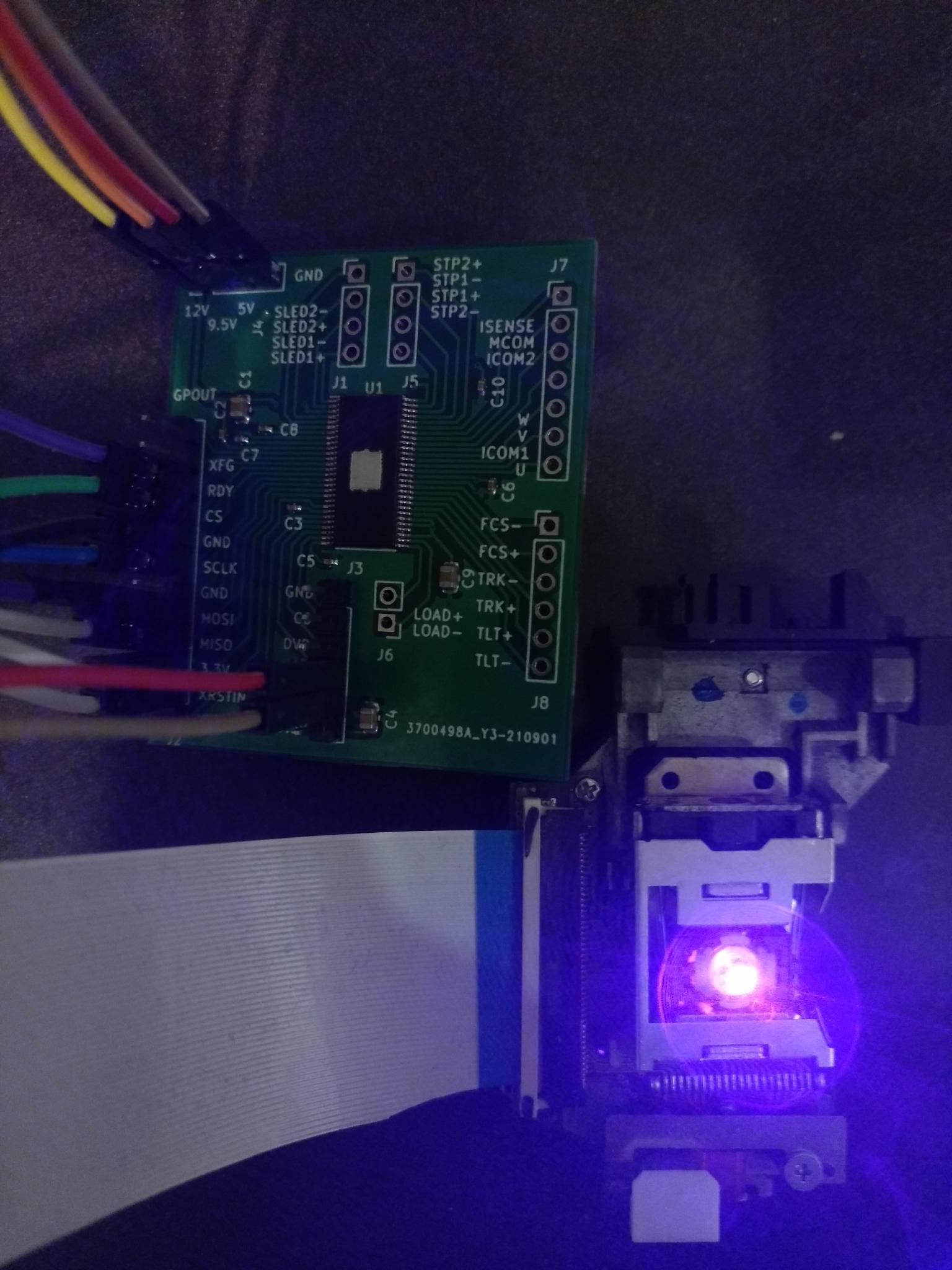
One disadvantage that bothers me a little is that the optical output power needs a few seconds to stabilize. But that seems to be the prize to pay for a constant current driver solution.
Sunday the 5th of September, 2021
I requested the first prototypes of a provisory breakout board for the TPIC2050, a 3-beam laser diode driver and 9-channel motor driver, for DVD and Blu-Ray drives. Check out the kicad files on github.
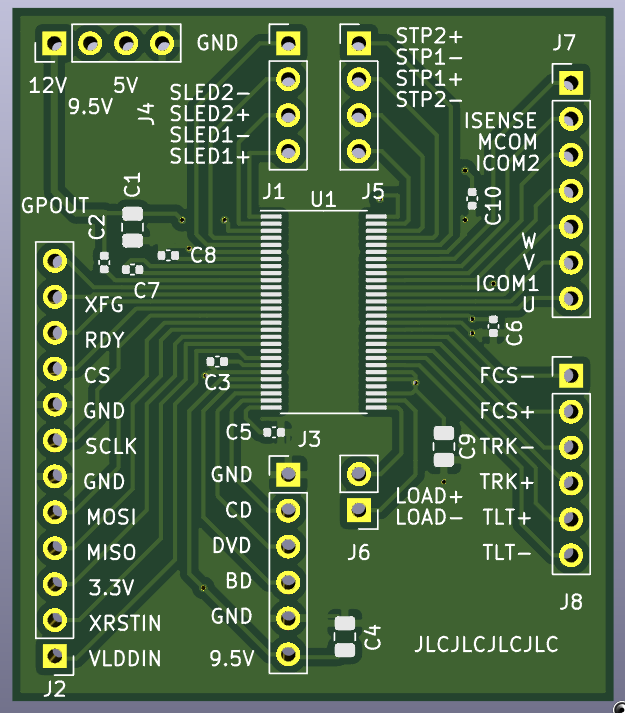
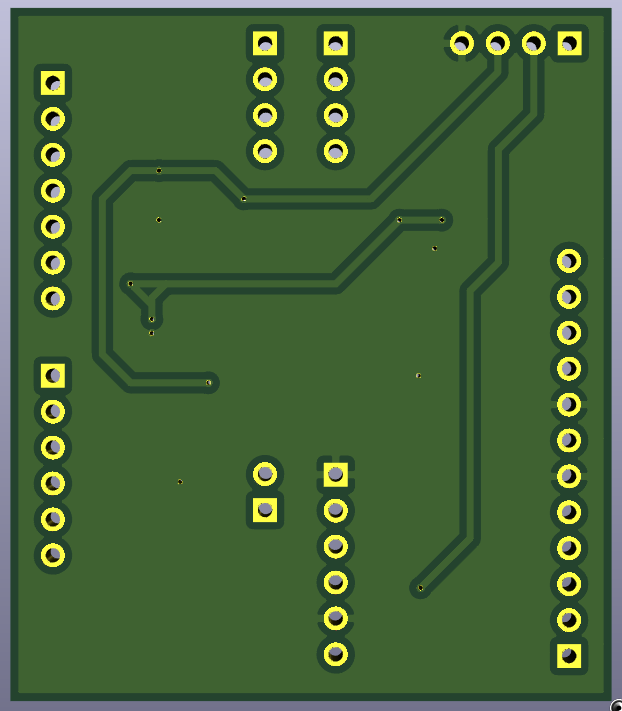
For now, I am intending to use the 3-beam laser diode driver in combination with the widely-used PHR-803T optical pick-up unit.
I might also consider using the focus/track/tilt DACs of the TPIC2050, however, for the moment they seem to be far from precise enough for LSM purposes. Nonetheless, there is the remote possibility that they are capable of substituting the "DACs" derived from the PWMs of the STM32 that set the offset voltage of the actuators at the moment...
The TIPC2050 might be particularly interesting for other applications, such as laser photo-engraving or microscale 3D printing.
July 2021
I tweaked the firmware of my Laser Scanning Microscope a little bit more and recorded some decent 3D images of the pits of a written CD-R and our sourdough culture.
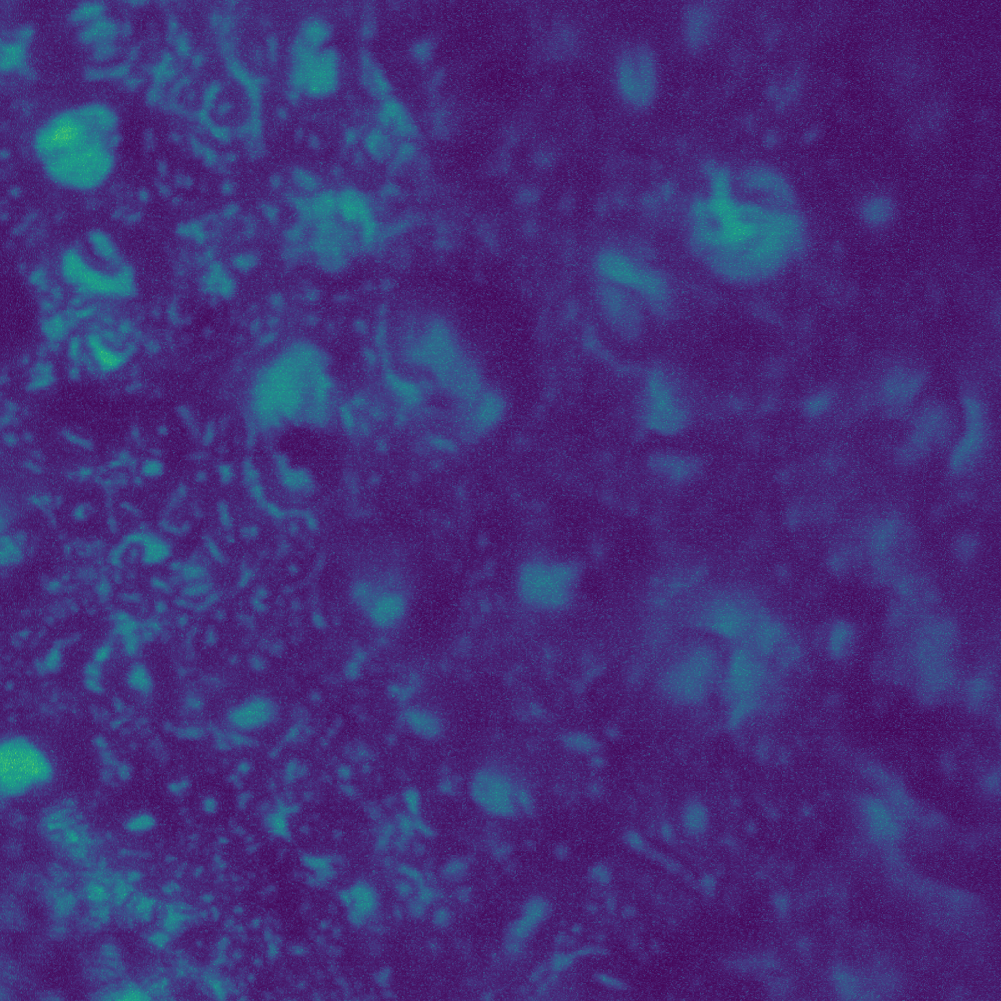
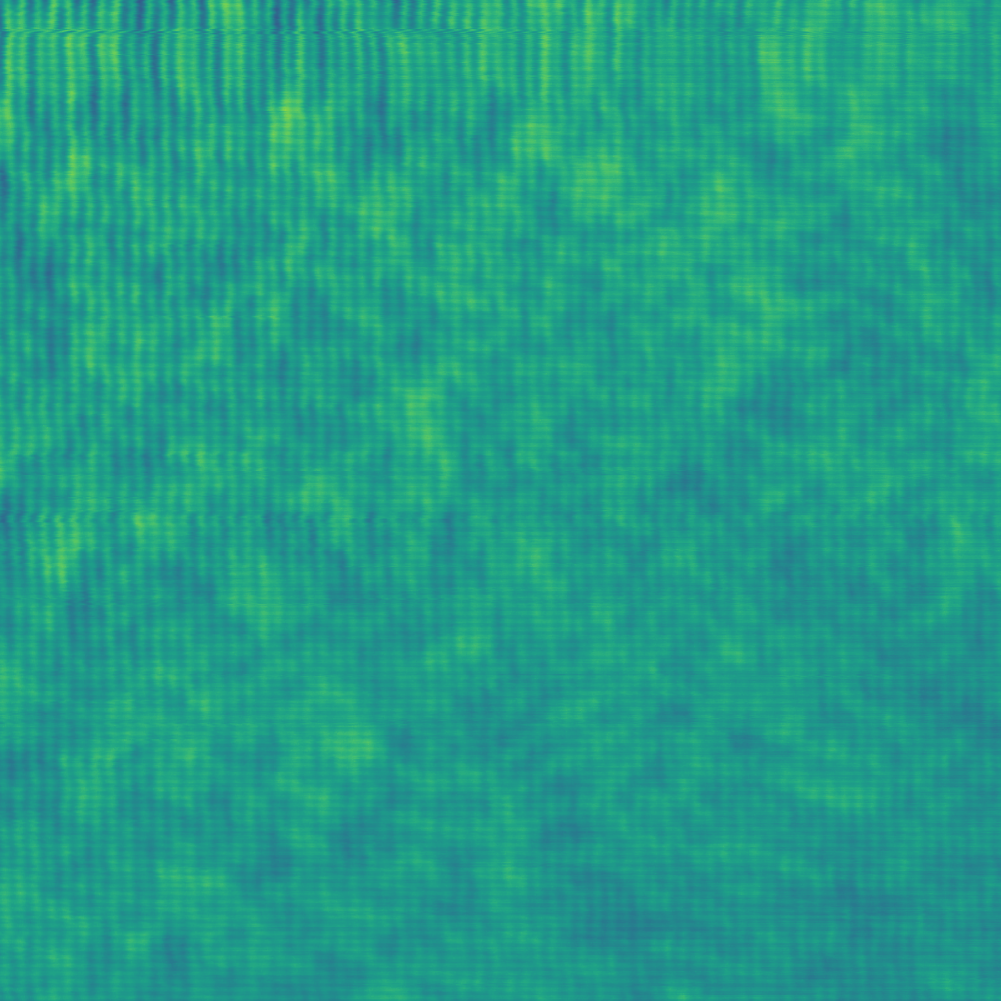
April 2021
I reproduced the first version of gaudi's LSM using an Arduino Nano.